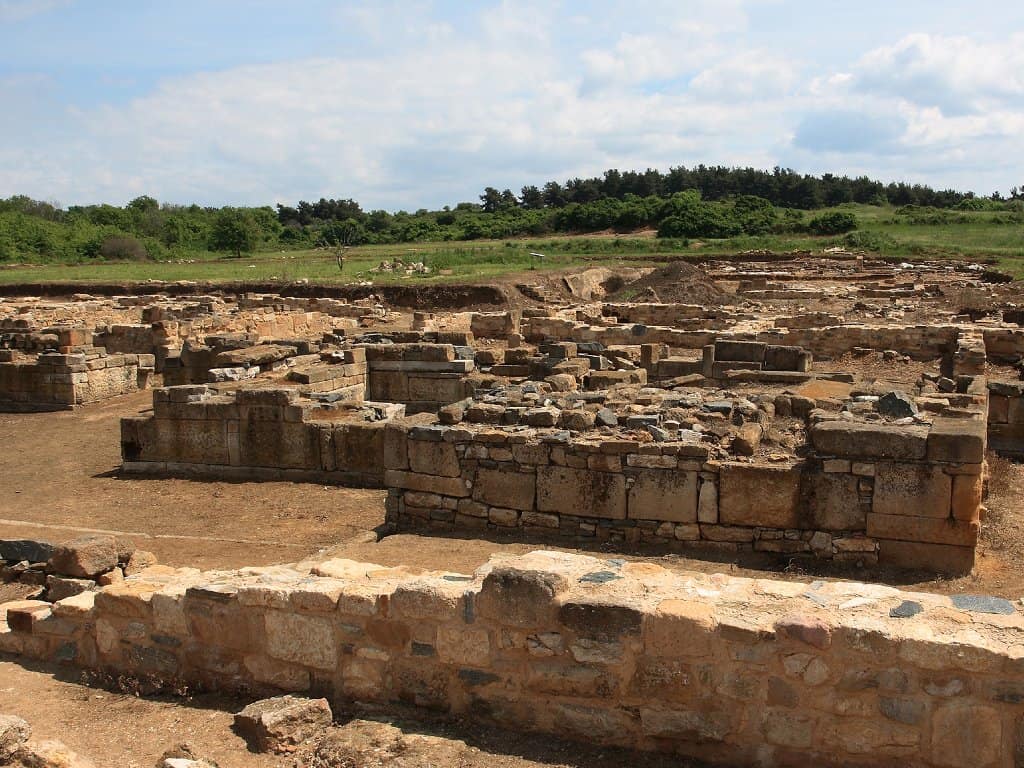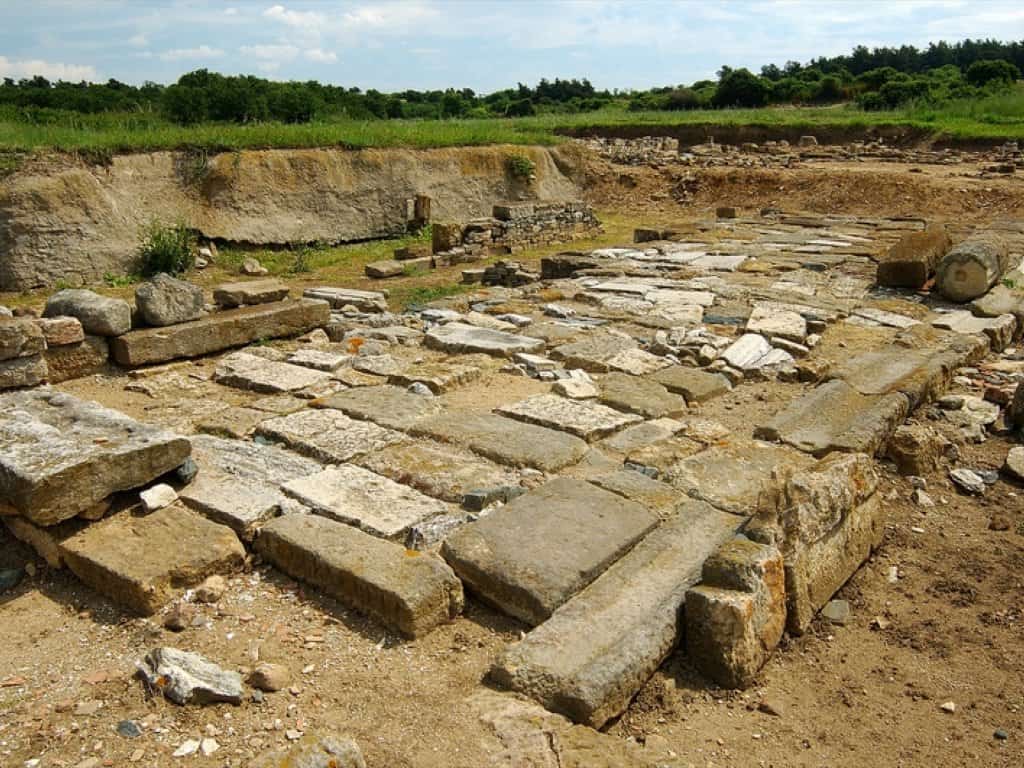Description
Avdira – Torch Relay Greek Route
Athens 2004 Olympic Games Pin
The Olympic Flame past from Greek City, Avdira.
The 2004 Summer Olympics Torch Relay took the Olympic Flame across every habitable continent, returning to Athens, Greece. Every citywhich had hosted the Summer Olympics was revisited by the torch, as well as several other cities chosen for their international importance.
The relay was the first time the Olympic flame had travelled to Africa, India and South America. The flame was transported from country to country aboard a specially-equipped Boeing 747 leased from Atlanta Icelandic (Registration TF-ARO) called Zeus. On board the flame was carried and burned continuously in specially modified miners lamps.
Avdira was a major Greek polis on the coast of Thrace. It lay 17 km east-northeast of the mouth of the Nestos River, almost directly opposite the island of Thasos. The site now lies in the Xanthi regional unit of Thrace, Greece.
Its mythical foundation was attributed to Heracles who founded the city on behalf of his fallen friend Abderus. The historical founding is traced back to a colony from Klazomenai. This historical founding was traditionally dated to 654 BC, which is unverified, although evidence in 7th century BC Greek pottery tends to support it. But its prosperity dates from 544 BC, when the majority of the people of Teos (including the poet Anacreon) migrated to Abdera to escape the Persian yoke (Herodotus i.168). The chief coin type, a griffon, is identical with that of Teos; the rich silver coinage is noted for the beauty and variety of its reverse types.
In 513 BC and 512 BC, the Persians conquered Avdira. In 492 BC, the Persians again conquered Avdira, this time under Darius I. It later became part of the Delian League and fought on the side of Athens in the Peloponnesian war.
Avdira was a wealthy city, the third richest in the League, due to its status as a prime port for trade with the interior of Thrace and the Odrysian kingdom.
A valuable prize, the city was repeatedly sacked: by the Triballi in 376 BC, Philip II of Macedon in 350 BC; later by Lysimachos of Thrace, the Seleucids, the Ptolemies, and again by the Macedonians. In 170 BC the Roman armies and those of Eumenes II of Pergamon besieged and sacked it.
The town seems to have declined in importance after the middle of the 4th century BC. Cicero ridicules the city in his letters to Atticus, “Hic, Abdera non tacente me” but the city counted among its citizens the philosophers Democritus, Protagoras and Anaxarchus, historian and philosopher Hecataeus of Abdera, and the lyric poet Anacreon.
The west gate of classical Avdira
Avdira had flourished especially in ancient times mainly for two reasons : because of the large area of their territory and their highly strategic position. The city controlled two great road passages (one of Nestos river and other through the mountains north of Xanthi). Furthermore, from their ports passed the sea road, which from Troas led to the Thracian and then the Macedonian coast.
The ruins of the town may still be seen on Cape Balastra (40°56’1.02″N 24°58’21.81″E); they cover seven small hills, and extend from an eastern to a western harbor; on the southwestern hills are the remains of the medieval settlement of Polystylon.
The pin depicts the Torchbearer passing from a monument of Avdira city
Product: Olympic Pin
Pin code: #04-162-044
Tiraz: <1.000pcs
Official Licensed Product
Licensed Manufacturer: Efsimon Collection







Reviews
There are no reviews yet.